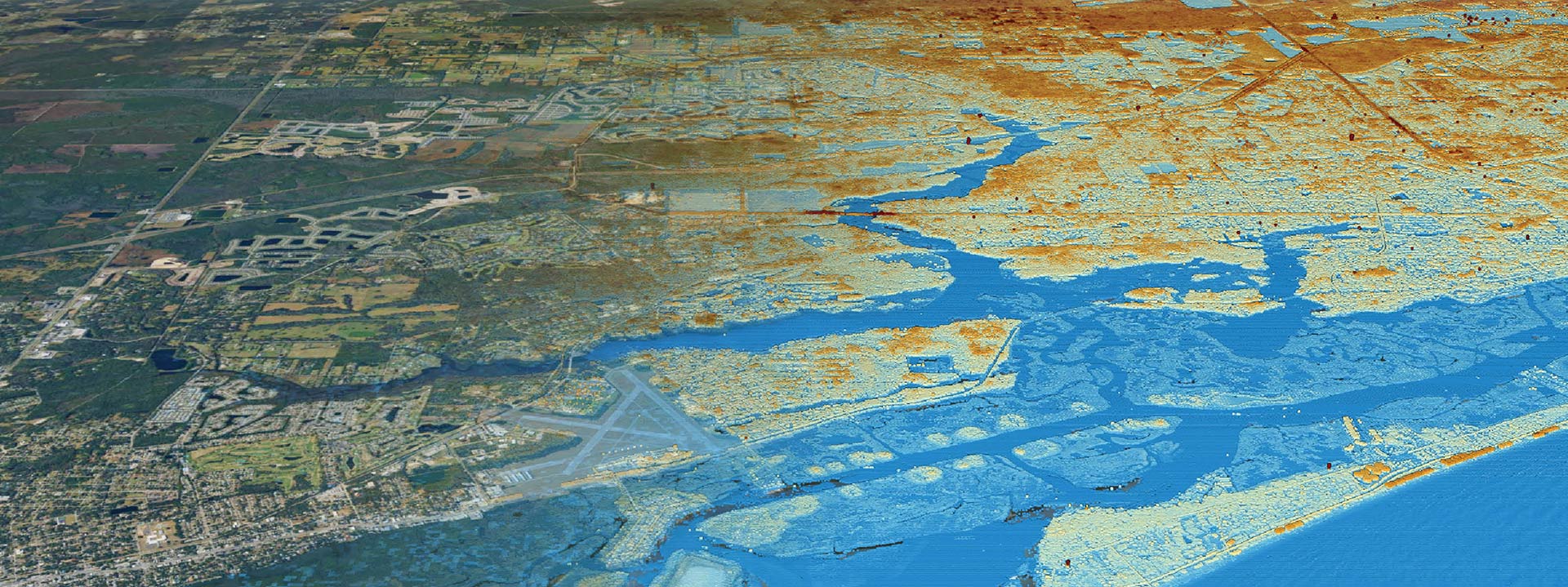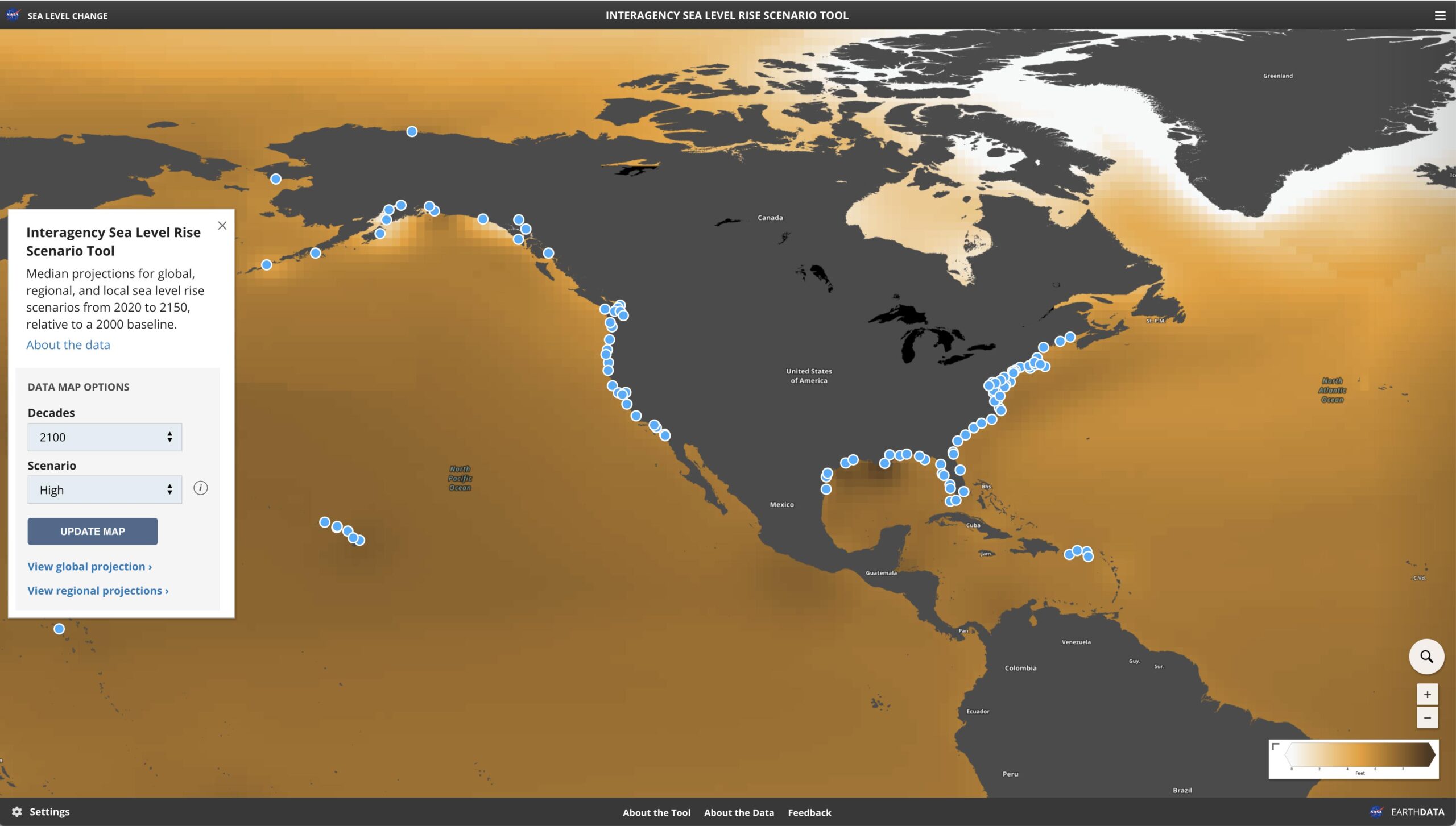5 GIS Tech Innovations to Watch
The world of Geographic Information Systems (GIS) technology is constantly evolving, with new innovations and advancements always emerging. In this blog, we will explore some of the latest current events related to GIS technology.
- The Rise of Real-Time GIS
Real-time GIS is becoming increasingly popular as organizations seek to better understand and respond to rapidly changing events, such as natural disasters, traffic congestion, and weather patterns. Real-time GIS allows for the capture and analysis of data as it is generated, enabling organizations to make faster and more informed decisions. One recent example of real-time GIS in action is using satellite imagery to track wildfires in California, allowing authorities to monitor and respond to the fires in real time.
The Fire Information for Resource Management System (FIRMS) distributes Near Real-Time (NRT) active fire data from the Moderate Resolution Imaging Spectroradiometer (MODIS) aboard the Aqua and Terra satellites, and the Visible Infrared Imaging Radiometer Suite (VIIRS) aboard S-NPP and NOAA 20 (formally known as JPSS-1). Globally these data are available within 3 hours of satellite observation, but for the US and Canada active fire detections are available in real-time.
Source: NASA | LANCE | FIRMS
- The Use of GIS in Public Health
GIS technology is also being used to track and analyze public health data, providing valuable insights into the spread and impact of diseases. One example is the use of GIS to track the spread of COVID-19, allowing authorities to identify hotspots and implement targeted interventions. GIS is also being used to monitor the distribution of vaccines, ensuring that they are distributed equitably and efficiently.
After three years of around-the-clock tracking of COVID-19 data from around the world, Johns Hopkins has discontinued the Coronavirus Resource Center’s operations. The site’s two raw data repositories will remain accessible for information collected from 1/22/20 to 3/10/23 on cases, deaths, vaccines, testing and demographics.
Source: COVID-19 Map – Johns Hopkins Coronavirus Resource Center (jhu.edu)
- The Emergence of Cloud-Based GIS
Cloud-based GIS is a growing trend in the industry, allowing organizations to access and analyze GIS data from anywhere, at any time. Cloud-based GIS solutions are particularly valuable for organizations with distributed teams or those operating in remote areas where traditional GIS infrastructure may not be available. One example of cloud-based GIS in action is the use of web-based mapping tools to track the impact of climate change on marine ecosystems.
Explore how NOAA Fisheries’ new, interactive fisheries data portal shows how specific marine species’ locations have shifted over time, which may be in response to climate change. This tool can help us better understand and respond to these changes.
Source: DisMAP – Distribution Mapping and Analysis Portal (noaa.gov)
- The Integration of GIS and Artificial Intelligence (AI)
The integration of GIS and AI is a growing trend, allowing organizations to analyze and interpret vast amounts of geospatial data with greater speed and accuracy. One example of this is the use of AI-powered image analysis to identify and classify land use patterns from satellite imagery. Another example is the use of machine learning algorithms to predict the likelihood of flooding in a particular area based on historical data.
Esri is taking AI to the next level with ready-to-use geospatial AI models in the ArcGIS Living Atlas of the World. Initially, three models have been made available. Two of the models use satellite imagery. One model extracts building footprints and the other performs land-cover classification. A third model classifies points representing trees in point cloud datasets.
Source: Ready-to-Use Geospatial Deep Learning Models (esri.com)
- The Role of GIS in Sustainable Development
GIS technology is also playing a critical role in promoting sustainable development, allowing organizations to better understand and manage the impact of human activities on the environment. One example of this is the use of GIS to monitor deforestation and identify areas where reforestation efforts are most needed. GIS is also being used to map and analyze the impact of urbanization on wildlife habitats, informing conservation efforts and promoting biodiversity.
Global Forest Watch (GFW) is an online platform that provides data and tools for monitoring forests. By harnessing cutting-edge technology, GFW allows anyone to access near real-time information about where and how forests are changing around the world.
Source: Interactive World Forest Map & Tree Cover Change Data | GFW (globalforestwatch.org)
In conclusion, GIS technology is a dynamic and rapidly evolving field with a wide range of applications. From real-time GIS to cloud-based solutions, from AI integration to public health tracking, GIS is playing an increasingly important role in shaping our understanding of the world around us. As these current events demonstrate, there is no shortage of exciting new developments in the field of GIS technology, and we can expect to see continued growth and innovation in the years to come.



